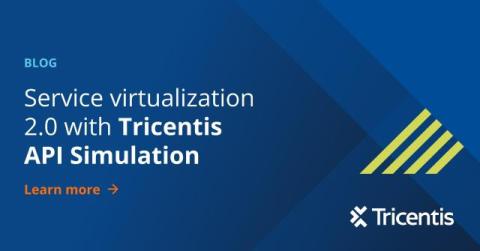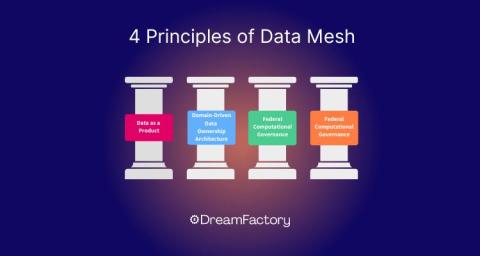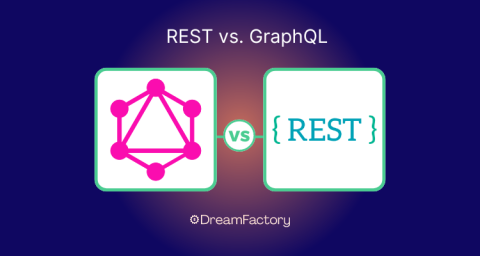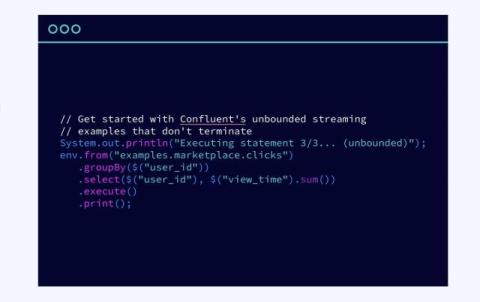Service virtualization 2.0 with Tricentis API Simulation
Service virtualization, which gained prominence in 2012, has significantly transformed the way software testing and development are approached. Originally designed to address limited access to dependent systems during development, service virtualization has evolved into a critical technology for enabling efficient and continuous testing. This blog explores its origins, key advancements over the past decade, ongoing challenges, and how API simulation is shaping the future of testing.











